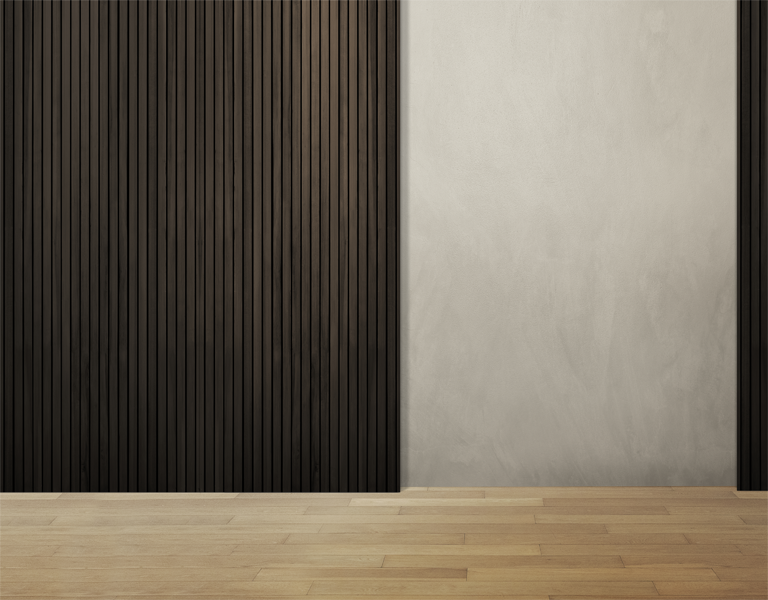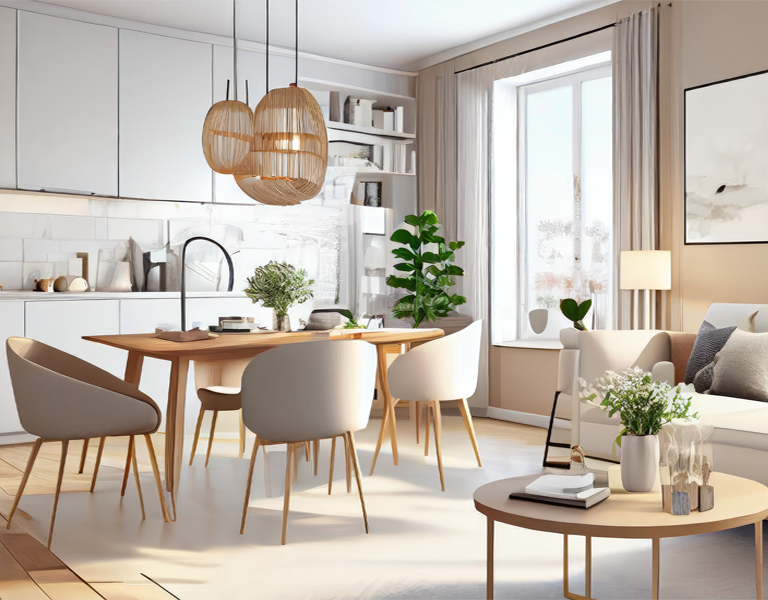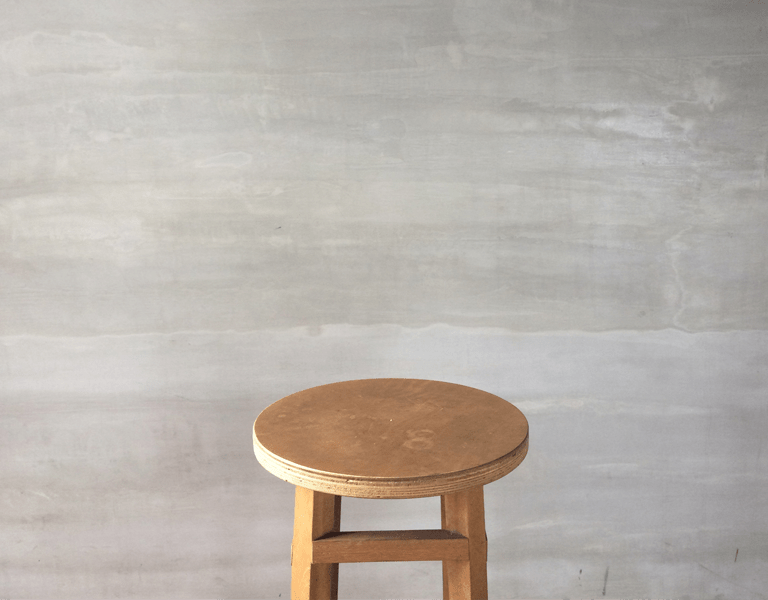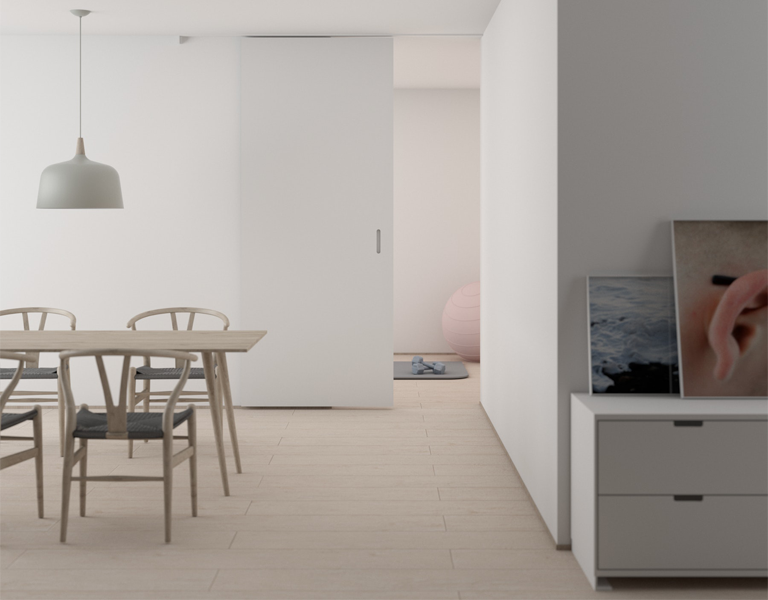
What is Japandi style? The 6 key elements of creating the east-meets-west interiors!
Japandi style is the prime example of how to mix different interior styles together, creating something perfectly harmonious!
Japandi style is the prime example of how to mix different interior styles together, creating something perfectly harmonious!
The combination of Japanese and Scandinavian interiors, – whilst having deep historical roots – has been gaining popularity in the last few years. Even though the two approaches have plenty of similarities and some very important core principles they share, there are enough differences for everyone to create something unique by combining different parts of it.
As there are plenty of elements to choose from, it leaves enough space to decide if you want your space to lean more towards Scandi or Japanese interiors!
What is exactly Japandi style?
Japandi, as you have probably guessed from the above lines, is an interior design style that incorporates Scandi design and Japanese minimalism. Also the other way around. Japandi is the perfect blend of both.
Each style has deep cultural roots. Scandinavian décor is known for embracing the ‘hygga’ (pronounced hoo-ga), which is the feeling of warmth and cosiness. The word is used mostly in Danish, derived from Norwegian, and it is one of the most important concepts for interior designers who aim to create a Nordic style. It literally translates to “to give courage, comfort and joy”.
On the other hand, Japanese interior design is based on the concept of ‘wabi-sabi’, which very simply indicates the need to embrace the imperfection in the world to find peace.
This obviously is not exclusive to interior design. The wabi-sabi is a worldview derived from a Buddhist teaching. You’ll find that the traditional Japanese aesthetics are all about embracing the little imperfections found in nature and the objects around us, be it asymmetry, roughness, simplicity, modesty…etc.
Japandi incorporates the best of both, as it preserves the elegance of the Japanese decor, but also has the warm, cosy feel of the Scandinavian style.
What are the Japanese elements?
When we think of Japanese design, we probably think of a simple, minimalistic space. This space usually incorporates neutral colours, and usually the warmer tones, a lot of natural materials such as wood, linen, rattan…etc. So what are the main aspects of Japanese interior design that we could incorporate into the Japandi one?
Deep Wood Tones
One of the differences between the two styles is that the Japanese elements, especially the wooden ones, are always of warmer and/or deeper shades. If you lean more towards this style, it’s also good to think of leaving any wooden structure in the building exposed, or even adding some, if you want to go the extra mile.
Warm Neutrals
The deeper shades are also present in textiles. Japanese décor also has plenty of neutral elements, but they are also, – just like wooden materials, – of the warmer shades. Upholstered furniture in dark beige linen, is the perfect example of that.
Rattan, Bamboo, Wooden Slats
The classic Japanese elements that lend the quintessential aesthetic are what we – here in the west – are used to seeing in films. Sliding doors made of rattan or bamboo, wooden slats that can serve as a divider between different parts of the room…etc. There are plenty of ways to incorporate these as architectural elements for a contemporary Japanese look. As well as a very traditional one.

Washi paper
Whilst its use is not very common in the west, Washi paper is still a key part of Japanese design. It can be used to cover both walls, or furniture. It is also ideal for sliding doors.
Low furniture
A key element that can also be incorporated into the Japandi style. The low furniture pieces are characteristically Japanese, often used for functional reasons, such as freeing up space. It’s also part of the tradition, as for example in Japan, people sit on the tatami mats for dining, or tea, so it makes sense that the rest of the furniture will also be low.
Floor-to-ceiling windows and sliding doors
This one speaks for itself, as we often see Japanese architects keeping the minimum possible divide between the house and the garden. This serves the same purpose as the rest of the natural materials; it’s important to bring the outside in.
What are the Scandinavian elements?
Scandinavian décor is similar to the Japanese one, especially in its use for minimalistic items, natural materials and neutral colours. The differences can only be seen in the small elements, specific to the different styles.

Light wood and light neutrals
The Scandinavian interior tends to lean a lot more towards light, cool toned neutrals. This is true for textiles, as well as the furniture, mostly made of wood. When it comes to colours, we usually see white and grey, and all their different shades.
Leather
Contrary to its Japanese counterpart, Scandinavian decor includes a fair amount of leather, for a cosy casual feel. This is an element that is relatively rare in the Japandi style rooms.
Simple, functional furniture
Even though both interior styles have beautiful furniture design, that is very minimal, and functional compared to other styles, but there are still a few differences between the two. Height being the prime example.
Concrete-like finish
Scandi interiors are known for a modern, simple look and in recent years, the concrete like finishes have grown wildly popular as a result.
They provide a modern contemporary look, and great durability. The Impera Italia Microcement kits became very popular among those looking for a seamless, concrete-like finish. Whether you need it for flooring, bathroom or as a worktop, Microcement is a highly versatile coating system that allows plenty of space for creativity.

Pendant lighting
One of the characteristic features of nordic styles, pendant lighting is very popular in Nordic countries, and therefore, in the interiors inspired by that region.
How to create a Japandi style interiors?
Whilst both styles have their own specific elements, it’s easy to see that the key principles are shared. It’s important to aim for simple, clean lines, natural materials and textiles.
They are both deeply rooted in traditions, and with that comes a deep respect for nature and craftsmanship. The best examples for that are probably the Japanese gardens, often part of décor and the wooden furniture.
The key to create the perfect Japandi style is to understand what Scandinavian and Japanese interiors mean separately, and then curating a space by combining different elements of each, to create a harmonious interior.
Natural materials
As both Japanese and Scandi styles are based incorporating as many natural elements as possible. It’s best to decide the overall colour scheme first, and then build up from there. Both styles were meant to stand the test of time, so it’s important to choose furniture that will last.
Quality over quantity
As explained above, both Scandi and Japanese interiors emphasise the importance of choosing pieces for a long time, and therefore, it’s worth looking at the pieces and investments. Especially the Japanese décor, rooted in the wabi-sabi concept, is known for embracing imperfections and fixing what is broken, instead of throwing it away.
No clutter
If you have had a big-cleaning and decluttering on your mind for a long time, the Japandi style will definitely inspire you to get it done. It’s important to treat the home as a sanctuary, and having a cluttered, busy space will not help at all.
Natural looking wall finishes
Whilst neutrals are a common theme, adding a bit of interest to the walls with slight texture, or a light pattern can be a great idea!
For spacious rooms, a light colourwash can bring a bit of warmth and add interest to large surfaces. Our natural Lime Eco, is an ideal option if you are looking for a product that is good for your health, and the environment!
Simple furniture
If you are familiar with either the Nordic or the Japanese style, you most likely have a rough idea of the kind of furniture that can suit the space. It’s always important to keep functionality and simplicity at the forefront.
Using black as an accent colour
The colour black can actually be an interesting element to incorporate in your Japandi décor, as it provides a nice contrast with the background and it can add a pop of colour. It’s best to limit it to small accent pieces though, for example, picture frames and vases.

What are the best wall finishes for Japandi style?
As the Japandi interior design is all about minimalism and natural elements, it’s great to take an extra step and look around for wall finishes that suit the décor much better than standard emulsion paint.
Limewash
For example, a beautiful colourwash can help elevate the space, and add some interest to the light neutral colours that we often see in Japandi décor!
Our Lime Eco is a great product we recommend, not just for aesthetic reasons, but also for health reasons. As it’s lime-based, it is antibacterial and antifungal, and suitable for those who suffer from respiratory issues.
Click here for a sample pot of Lime Eco!
Concrete Paint
If you want a feature wall, or want to have a textured finish for all the walls, we recommend our Concrete paint! It’s also a lime-based product that boasts the same great qualities as the Lime Eco, but it can be used to achieve different textured finishes!
Follow this link for a sample pot of Concrete Paint!
Microcement
For a durable, waterproof finish, Microcement is the best option. It’s perfect for flooring, bathrooms and kitchens alike! If you want a completely bespoke finish in beautiful earthy tones, have a look at the colour here!
If you want to see and compare all the colours we offer, have a look at our Mood Board Set!
For any questions or queries, please don’t hesitate to contact us! If you are London-based, feel free to visit our Showroom in the Hampstead Garden Suburbs, or alternatively contact us at 0333 012 4396 or [email protected]!
